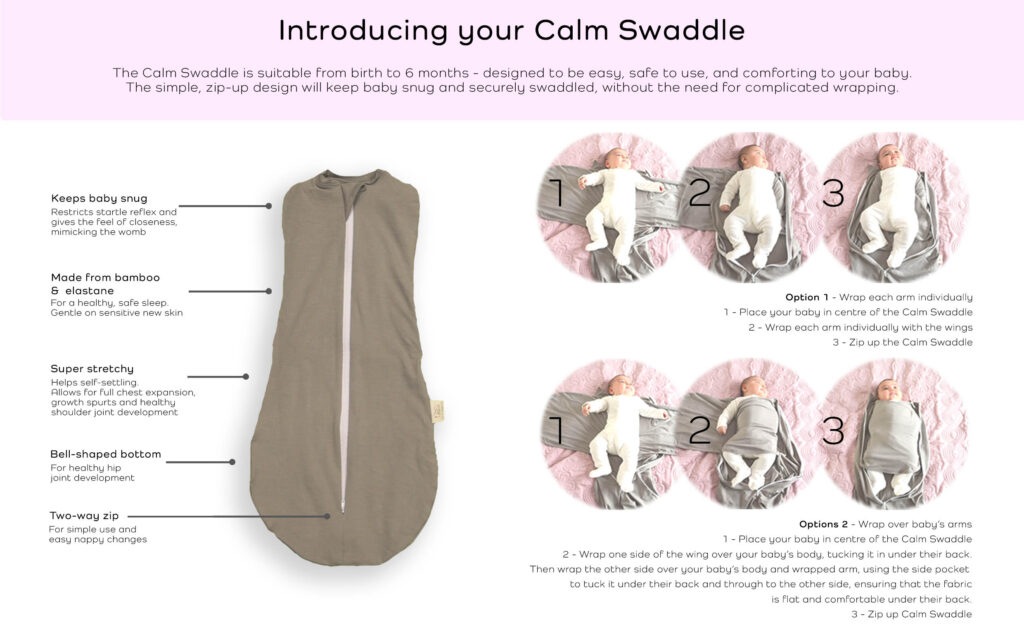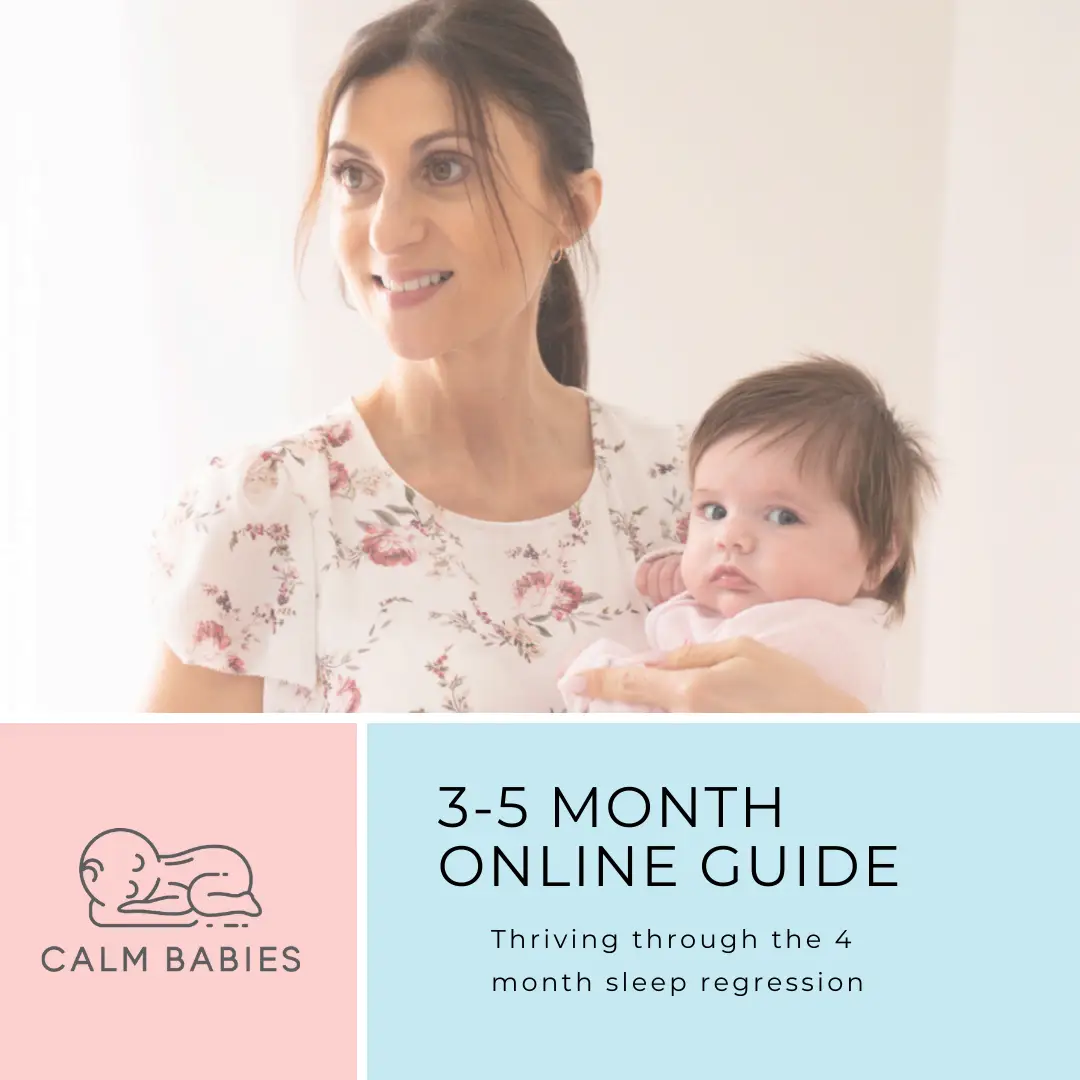
Night Wakings: Why Your Toddler Is Suddenly Up at 2AM
It’s 2AM. Again. Your toddler is standing by your bed wide awake, eyes gleaming, ready for a conversation about dinosaurs or toast. If this scene

Newborn days can feel like a beautiful blur of feeds, cuddles… and total chaos. One minute your baby is asleep on your chest, and the next they’re wide awake at 2am ready to party. It’s no wonder one of the most common questions we hear is: How do I get my baby into a routine?
At Calm Babies, we’ve helped thousands of Aussie families build gentle, flexible routines that suit their baby’s natural rhythms, without the stress. In this blog, we’ll walk you through what a good routine really looks like (hint: it’s not rigid!) and how to set one up that actually works for your family.
A baby routine provides predictability. It helps your baby feel safe and secure knowing what’s coming next and it gives you a roadmap to your day. When routines are age-appropriate and flexible, they:
But don’t worry — we’re not about strict military schedules here.
You can start introducing gentle rhythm and predictability from as early as 6–8 weeks, once your baby is alert for longer stretches during the day. That said, routines really begin to stick between 12–16 weeks.
In the newborn stage, it’s more about setting up sleep-friendly habits rather than enforcing times on the clock.
🍼 Check out our newborn sleep guide: Surviving the Fourth Trimester

Wake windows are the periods your baby can comfortably stay awake before needing to sleep again. These change rapidly in the first year.
Instead of watching the clock, focus on daily “anchor points” like:
These help shape your baby’s rhythm naturally.
A 20–30 minute wind-down before bed tells your baby it’s time to sleep. This might include:
This simple routine helps babies learn that sleep doesn’t have to be tied to feeding. After a nap, feed your baby, then have some playtime before the next sleep.
This is the foundation of healthy sleep habits for babies to toddlers.
Growth spurts, regressions, teething — life happens. Be ready to adjust your routine without throwing it out the window. Flexibility keeps things realistic and sustainable.
Here’s what a sample day might look like for a 6-month-old:
| Time | Activity |
|---|---|
| 7:00am | Wake and feed |
| 8:45am | Nap 1 |
| 10:00am | Feed and play |
| 12:00pm | Nap 2 |
| 1:15pm | Feed |
| 3:00pm | Nap 3 (catnap) |
| 4:30pm | Feed, bath, play |
| 6:00pm | Bedtime routine |
| 6:30–7:00pm | Sleep |
Want a personalised routine based on your baby’s age and temperament? Book a 1:1 consultation with Calm Babies for tailored support.
Totally normal. Some babies adapt quickly, others need time. You might experience:
Try:
If things don’t improve, it may be time to look at deeper sleep associations or routine tweaks. Our blog on why babies won’t sleep through the night can help troubleshoot further.
🛒 Shop the Calm Babies Swaddle

Getting your baby into a routine doesn’t require a rigid schedule. With some gentle structure, responsive care, and the right support, you’ll soon feel the fog lift — and maybe even get a hot cuppa in peace.
For more help:



View our brand new online guide to help you with the support you need to manage the 4 month sleep regression.

This guide is full of everything you could possibly need to know when bringing your newborn home. From Bathing to feeding this guide is full of information and video demostrations.


It’s 2AM. Again. Your toddler is standing by your bed wide awake, eyes gleaming, ready for a conversation about dinosaurs or toast. If this scene

Ah, newborn sleep. Equal parts adorable and unpredictable. One minute your baby is snoozing like an angel, and the next they’re wide-eyed at 3am with

Newborn days can feel like a beautiful blur of feeds, cuddles… and total chaos. One minute your baby is asleep on your chest, and the